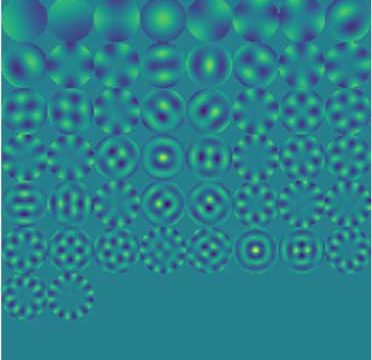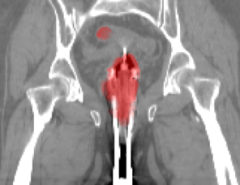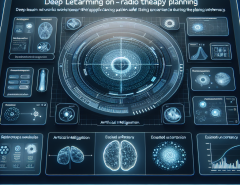Authors: Antony Orth, Oliver Pitts, Costel Flueraru, Terrence Stewart, Hamed Akhlaghi, Mohamadreza Pashazanoosi, Michael Taylor, Steve Hranilovic
Published on: February 05, 2024
Impact Score: 8.22
Arxiv code: Arxiv:2402.02752
Summary
- What is new: A new wavefront sensing technique that uses a single photodiode and a fast mirror for phase-diverse intensity measurements, trained with neural networks to estimate input phase.
- Why this is important: Dynamic wavefront aberrations negatively impact optical applications like astronomy and SatCom, with existing wavefront sensing techniques being inadequate for SatCom wavelengths.
- What the research proposes: A novel wavefront sensing approach utilizing a single photodiode, fast mirror, and neural networks for phase estimation under strong turbulence and rapid satellite movements.
- Results: Achieves 99% of the optimal Strehl ratio from a 50-mode correction at a 2kHz sensing rate, proving robust against strong turbulence and modal crosstalk.
Technical Details
Technological frameworks used: Neural network training for phase estimation
Models used: Simulations of typical turbulence, sensing speed, and noise cases
Data used: Phase-diverse sub-millisecond intensity trace data
Potential Impact
Astronomy, satellite optical communications, optical free-space telecommunications, and bio-imaging sectors
Want to implement this idea in a business?
We have generated a startup concept here: OptiComm Dynamics.



Leave a Reply